Can I Keep My Routines, Preferences & Belongings When Moving Into A Care Home?

Moving into a care home can feel like a big change, and it's natural to worry about losing the comforts and routines that make life familiar. However, care homes today are dedicated to helping residents maintain their individuality and daily habits as much as possible. This means preserving treasured routines, welcoming personal belongings, accommodating special dietary needs, and supporting cultural and spiritual practices. By focusing on these personal touches, care homes create welcoming environments where residents feel safe, respected, and truly at home. This blog explores how quality care homes support routines, personalisation, and individual preferences to promote wellbeing, independence, and a fulfilling lifestyle for their residents.
The Importance of Preserving Routines
Preserving routines is a crucial part of living well in a care home. A common misconception is that moving into a care home means losing your daily routines and way of life, but in reality, a quality care home understands how important it is to help residents maintain the routines they love. Whether it’s the comfort of a morning cup of tea while reading the local paper or scheduling regular visits to an in-house salon or barber for a weekly trim, care homes aim to support these familiar habits as much as possible within individual care needs. Keeping to a routine provides predictability and comfort, allowing residents to feel more in control of their day, reducing feelings of loneliness or boredom, and promoting independence. This respect for each person’s lifestyle makes the transition into care much smoother and more comfortable, fostering emotional wellbeing and quality of life.

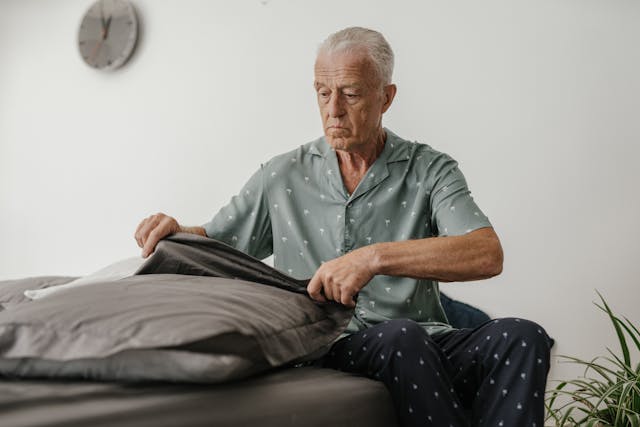
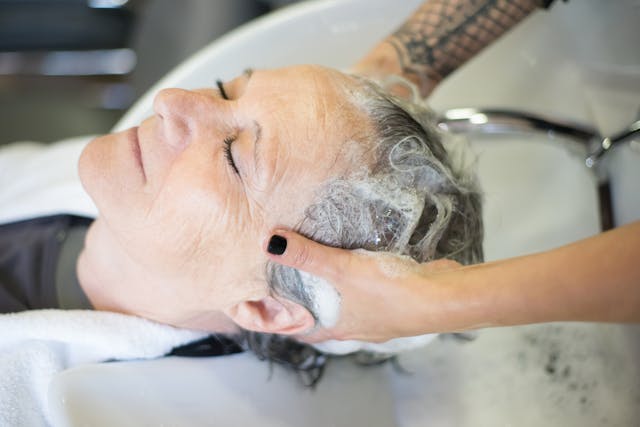
Keeping Personal Belongings & Creating A Homely Environment
Bringing personal belongings into a care home plays a crucial role in helping residents feel truly at home. These cherished items provide a sense of comfort and continuity, helping to bridge the gap between their past life and new surroundings. Personal belongings become familiar touchstones that can soothe feelings of uncertainty or loneliness, especially during moments of adjustment or confusion. Beyond providing emotional reassurance, these items help create a space that reflects the resident’s personality and life story, making the environment more welcoming and meaningful. They also work wonders as a social connection tool, often sparking conversations and helping residents build relationships within the community.
The purpose of personalisation through belongings is to support emotional wellbeing and a sense of belonging. It helps residents retain their individuality in a setting that might otherwise feel unfamiliar or institutional. By surrounding themselves with meaningful possessions, residents can maintain a connection to their memories and identity. Care homes balance this personalisation with safety and practicality concerns, ensuring that the environment remains secure and comfortable for everyone. Ultimately, the goal is to create a nurturing space where residents feel valued, secure, and truly at home


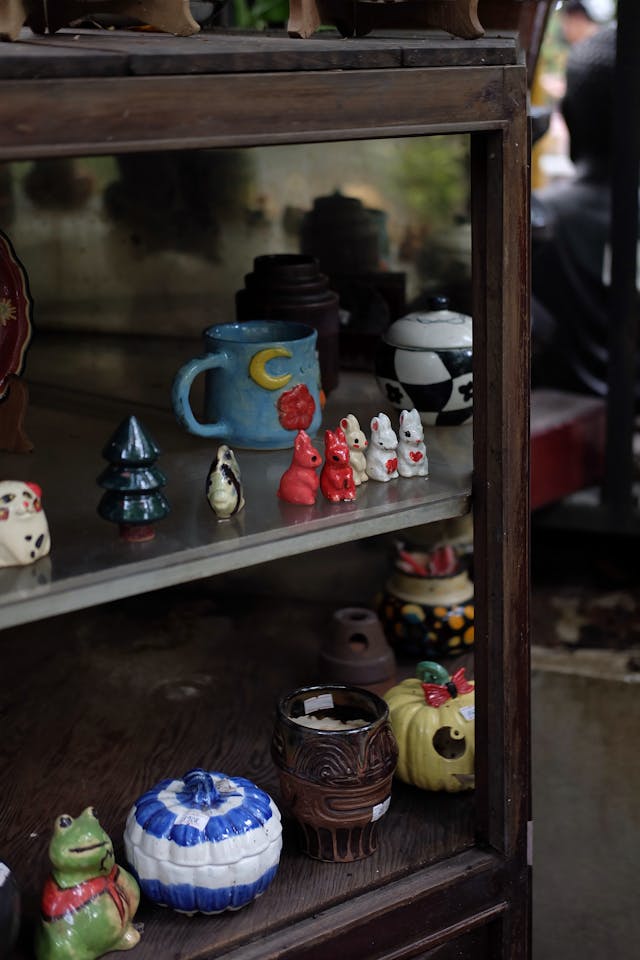
What To Bring (& What To Leave Behind)
When selecting belongings to bring, focus on meaningful yet practical items that fit comfortably in the room and don’t require complex upkeep. Photos, small ornaments, favourite books, cherished blankets, or a bedside lamp are great choices, as they personalise the space and provide emotional comfort. Avoid bulky furniture or anything that might clutter the room or create safety risks. It’s a good idea to discuss with care home staff what’s allowed beforehand so you can plan accordingly.
Certain types of items might be restricted in care homes due to space, safety, or maintenance concerns. For example, large pieces of furniture often won’t fit comfortably in rooms or could block emergency exits, so smaller, essential pieces are generally preferred. Items with open flames like candles are typically not allowed for fire safety, as are heat-generating devices such as portable heaters or electric blankets. Throw rugs and mats may be discouraged because they pose tripping hazards, especially for residents with mobility issues. Sharp objects, tools, or items that require special care or maintenance could also be restricted to prevent accidents or damage. Care homes apply these rules to create a safe environment without compromising residents’ comfort.
Supporting Preferences Beyond Possessions
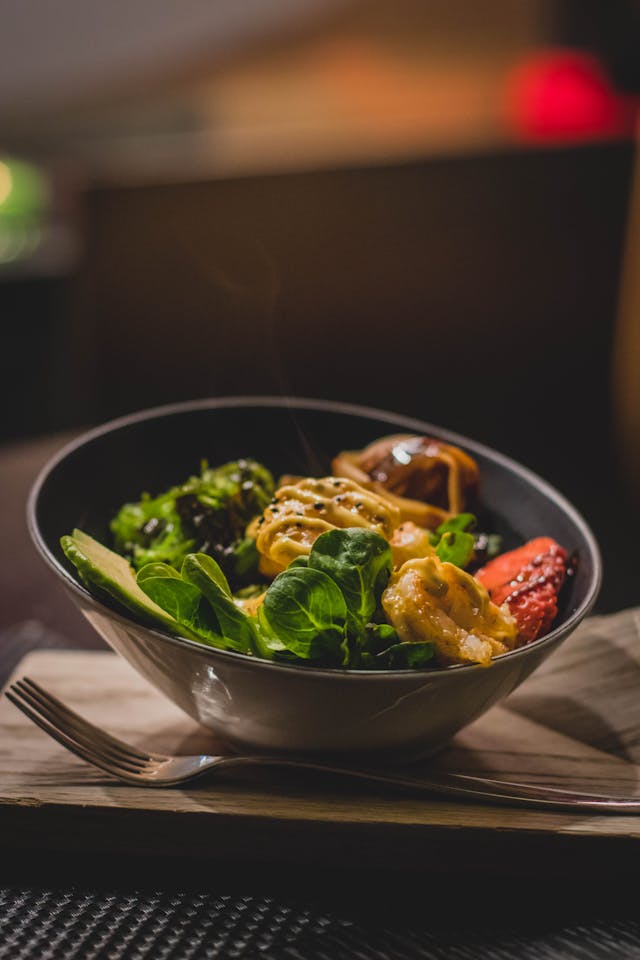
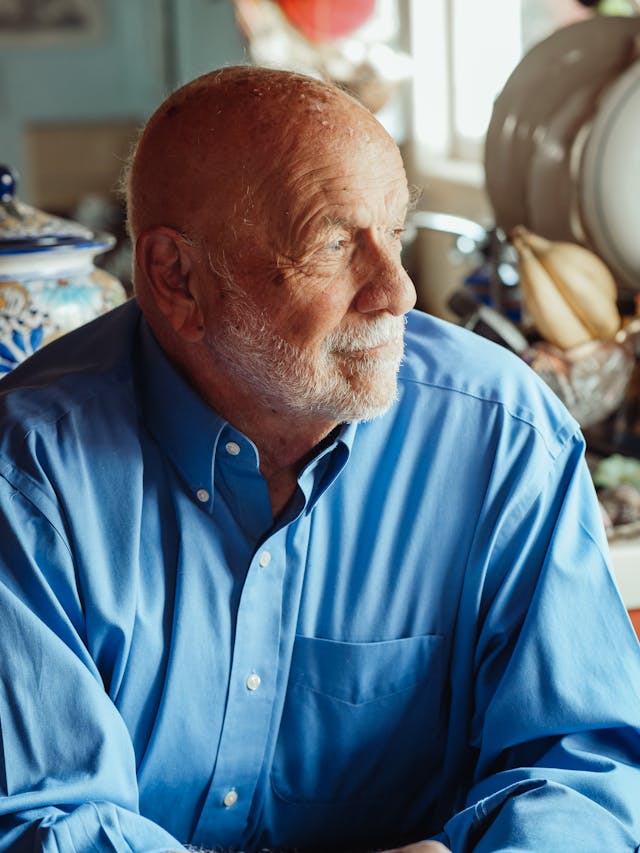

Food and dietary preferences are another key way care homes personalise the experience for residents, ensuring meals are not only nourishing but also comforting and enjoyable. Menus are regularly updated in consultation with residents and chefs to reflect individual eating routines, favourite flavours, and any special dietary needs or restrictions they may have. This collaborative approach allows residents to maintain familiar eating habits while receiving balanced nutrition tailored to their health. Cultural food traditions are especially embraced, with meals designed to honour and celebrate each person’s heritage, adding a meaningful and personal touch that enhances the dining experience and identity. Beyond food, social and recreational activities are also carefully customised to align with individual interests, promoting engagement and connection in ways that truly matter to each resident. Care homes such as Angusfield House actively support the continuation of cultural, religious, and personal rituals by providing access to religious services and spiritual support that honour and respect all faiths and beliefs. This inclusive, thoughtful approach helps create a warm and welcoming environment where residents feel genuinely valued and respected. By nurturing the mind, body, and spirit, care homes deliver a sense of wellbeing, ensuring that residents feel at home in every sense, and not just physically but emotionally and spiritually as well.
In summary, preserving routines, welcoming personal belongings, respecting dietary and cultural preferences, and supporting spiritual needs are all essential elements in delivering compassionate care. Together, these create a residential experience where elders can retain their identity, maintain autonomy, and enjoy life to the fullest in a safe, comfortable, and nurturing environment.
Ready to see how a personalised care home experience can make all the difference?
Contact us today to schedule a tour, speak with our care specialists, or learn more about how we support routines, preferences, and individuality for every resident. Let us help you or your loved one feel truly at home.





